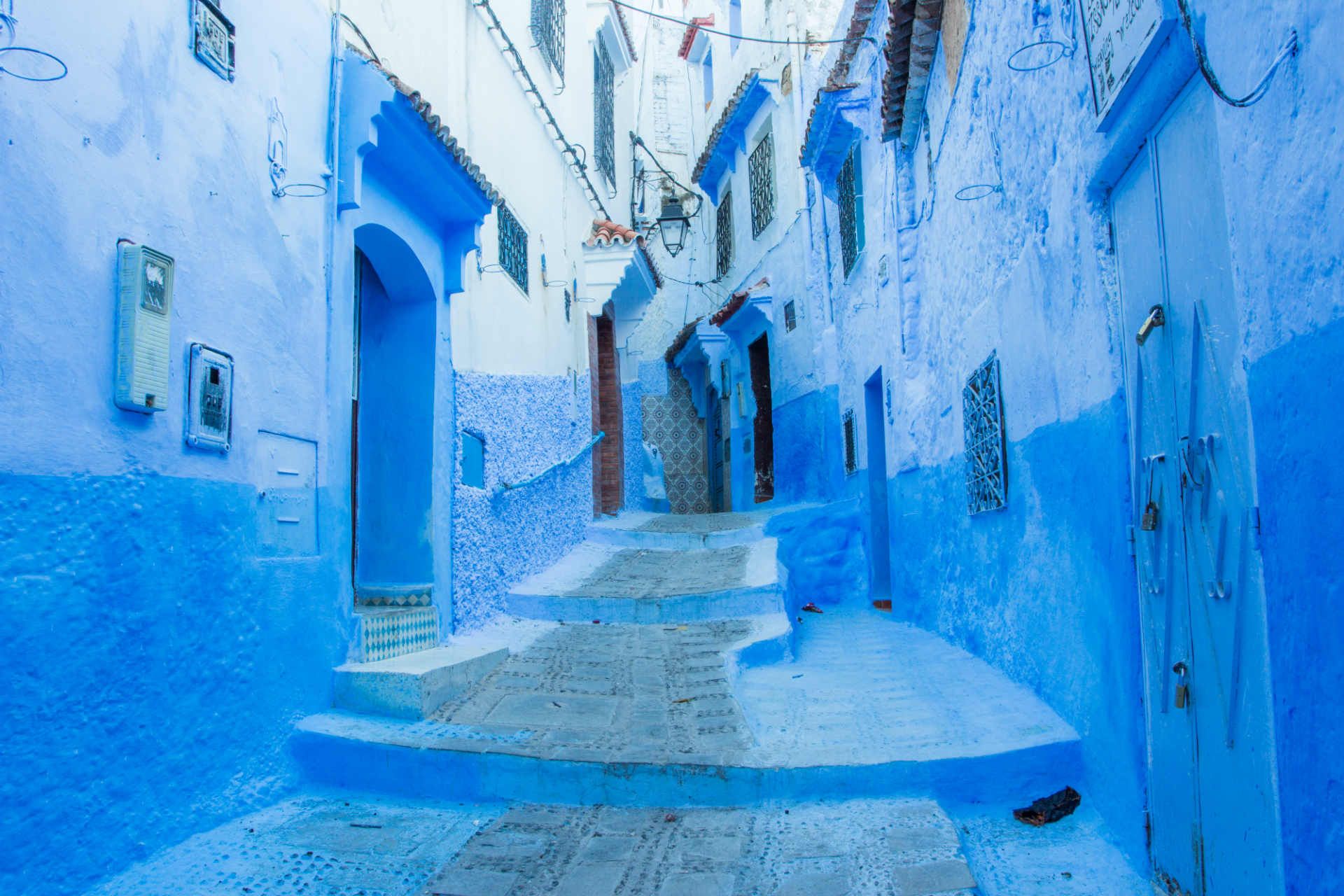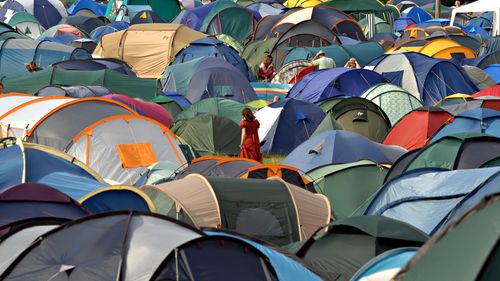Overdosing on mint teas and tagines
Unlike the more cosmopolitan cities of Fez, Casablanca and Marrakesh, Chefchaouen hasn’t seen much in the way of culinary diversification over the years.
Truth be told, you’ll be lucky to find anything that isn’t tajine or brochette (grilled meat on a stick) when it comes to hot food in the medina, washed down by the obligatory “Moroccan Whiskey” (mint tea; to be ordered without sugar if you want to travel home with all of your teeth). But there are a few spots that do stand out from the crowd.
Just off the main Plaza Outa el Hammam, La Lampe Magique Casa Aladdin offers some of the best views in town from its rooftop terrace, while Tissemlal serves traditional Moroccan dishes far superior to the other restaurants in the medina – with an open fire ablaze on cold evenings.
If you crack and can’t wait a second longer for western comforts, just outside the city walls at Plaza El Makhzen there is a cosy place to eat pizza to the sound of jazz radio (Mandala Pizzeria), with a ropey hotel a couple of doors along that serves overpriced beers to desperate Europeans.
Sunset from the Spanish mosque
Wherever you are in Chefchaouen you’ll be able to turn a corner and see the bright white Spanish Mosque, perched high on a hill just east of town. Spanish colonialists started work on the mosque when they arrived in Chefchaouen in the 1920s, but it wasn’t until 2010 that they finally restored and opened the building to the public for the first time.
If your legs aren’t already broken from walking about the steep medina alleyways, it’s well worth making the 15-minute trek up to the mosque to catch the sunset. A wall just in front of the mosque acts as a perfect perching spot to watch the sun burn red over the distant mountains, often cloaked in low-lying clouds.
Once the show is over, resist the temptation to walk straight back to town and wait a few minutes for the call to prayer to erupt over the navy medina below, now lit only by the moon and a smattering of golden minarets.
For more inspiration and exciting destinations for your future holidays read our detailed guide to the best things to do in Morocco.
Explore more of the country with the Rough Guide to Morocco. Compare flights, book hostels for your trip, and don’t forget to purchase travel insurance before you go.















